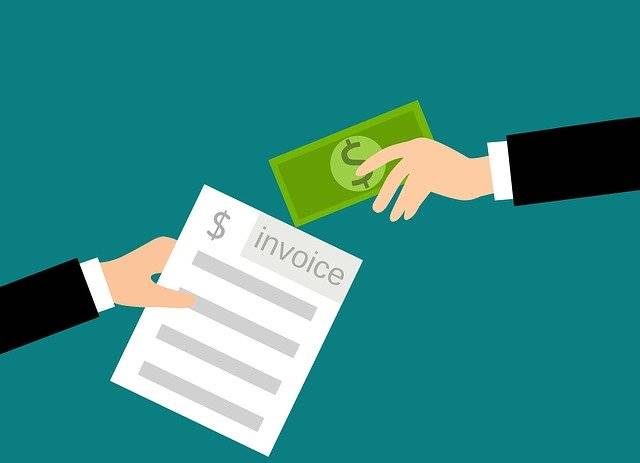

There can be some benefits of invoice factoring, particularly if you’re facing cash flow problems. Now is a time when a lot of businesses are dealing with cash flow issues, as they’re just starting to reopen following coronavirus shutdowns.
There’s evidence that more than 80% of businesses fail because of cash flow issues. When you’re dealing with a cash flow problem, you don’t have the money to cover your operating expenses or your payroll.
If a problem turns into a crisis, it can mean the demise of your business.
Some of the specific contributors to cash flow problems in businesses include:
- Low profits or losses
- Being overly invested in production capacity
- Too much stock
- Letting customers have too much credit
- Growing too fast in a way that pressures your short-term finances
- Shifts in seasonal demand
Luckily there are options available, one of which is invoice factoring.
What Is Invoice Factoring?
Invoice factoring is a type of financial product and the idea is that a business sells its account receivables to a factor. The business takes its invoices to a financial company. It then receives a percentage of the value of said invoices in cash from the factor. The factoring company will collect unpaid invoices, and then the business gets the percentage owed to them after the factoring company takes their fee.
There are certain situations when invoice factoring might make sense.
If you need cash quickly, invoice factoring is an option. You should consider this if your working capital goes below a certain level that won’t allow you to pay operating expenses.
Claim up to $26,000 per W2 Employee
- Billions of dollars in funding available
- Funds are available to U.S. Businesses NOW
- This is not a loan. These tax credits do not need to be repaid
If you don’t have collateral, for example, as a start-up, invoice factoring might also be something you consider.
You get the benefits that come with invoice factoring, including quick cash access—it’s usually a much faster process than applying for a loan. You’re also more likely to approved through the application process for invoice factoring.
You don’t have to provide equity, so you keep control of your company, and as was touched on no collateral is required.
What Are the Downsides of Invoice Factoring?
While invoice factoring could be a short-term solution to your cash flow issues, there are downsides to be aware of before you make a decision.
First, invoice factoring is a solution only for your debt problems, rather than providing you with money that could be used for expansion.
It might also be hard on your customer relationships because they’re going to be getting invoice reminders from a third-party.
Invoice factoring is also an expensive solution.
Are there Alternatives to Invoice Factoring?
Luckily, if you weigh the pros and cons of invoice factoring when you’re facing a cash flow problem, you’ll find there are other options available.
Some of these alternatives include:
- Short-term business loans are easy and fast to get approved for, and most don’t require collateral. A short-term business loan may mean access to funding within a day after you’re approved if you go through an online lender rather than a traditional bank. The downside is that a short-term business loan may be expensive with a high APR. A working capital loan is one example of a short-term business loan that can be especially useful if you’re dealing with cash flow problems, such as an inability to make payroll.
- Small business lines of credit are similar to credit cards, and you’re paying only interest on your balance rather than the entire line. Once you pay down your balance, you then have access to that credit.
- You can consider working out different invoice payment terms with your partners.
- You can renegotiate contracts with your suppliers as well.
There are also steps you should take once you remedy the short-term problem that can help you avoid it in the future.
For example, think about improving your entire invoicing process and system.
Automate your invoice system when possible to reduce errors and increase the likelihood of on-time payments. You’ll also be able to gain a clear picture of what’s going on with your business at any given time when you automate invoicing.
Finally, you should also ensure that on the managerial side, you’re optimizing your invoicing processes. For example, make sure that you’re delivering invoices to clients quickly and make every effort to encourage clients to pay faster.
You might think about having your clients sign up for auto-billing cycles as an example, or maybe you accept online payments made by card.



